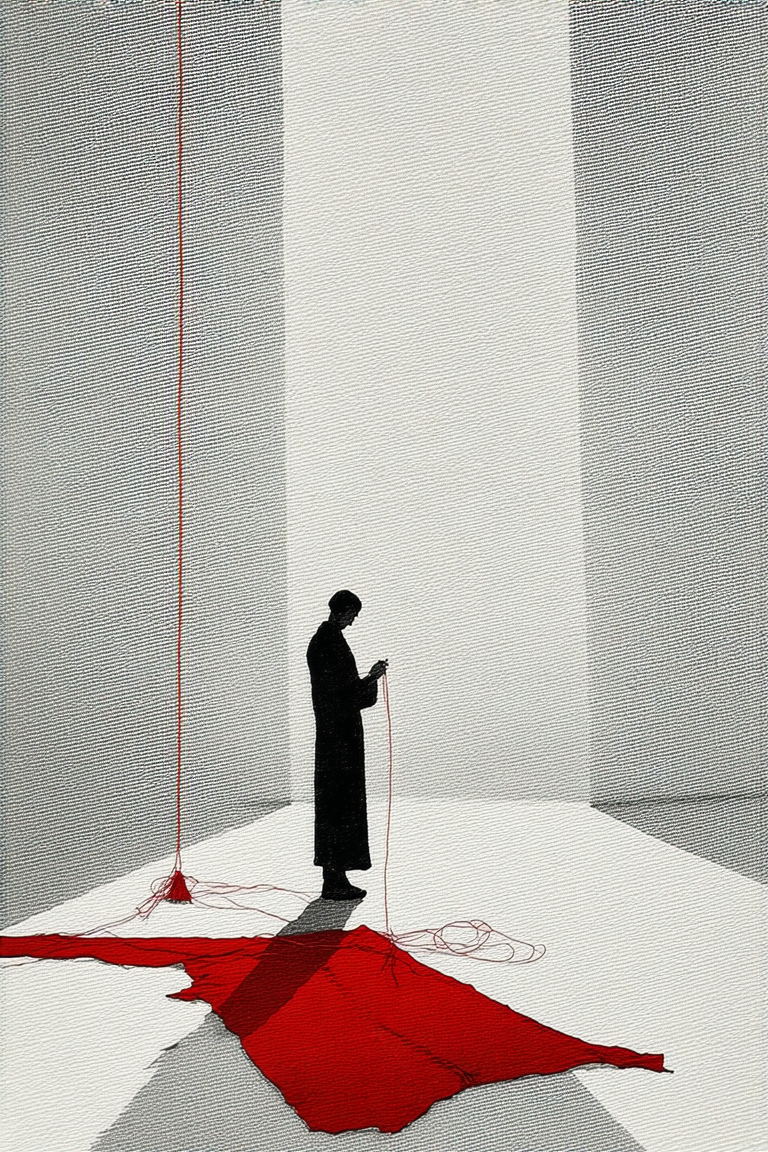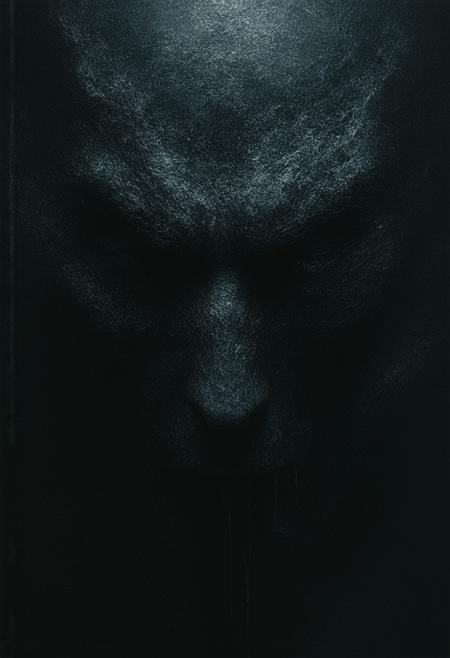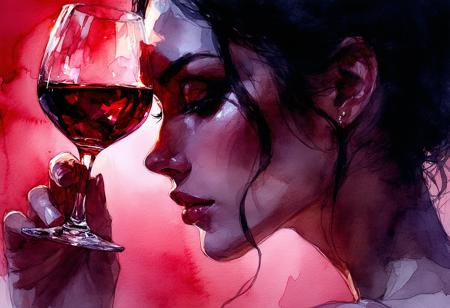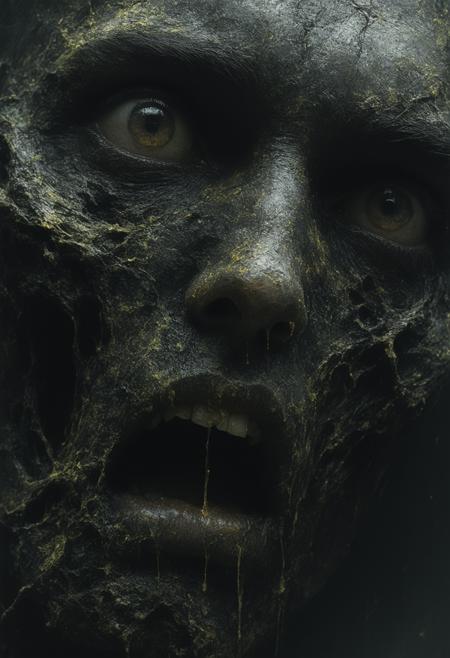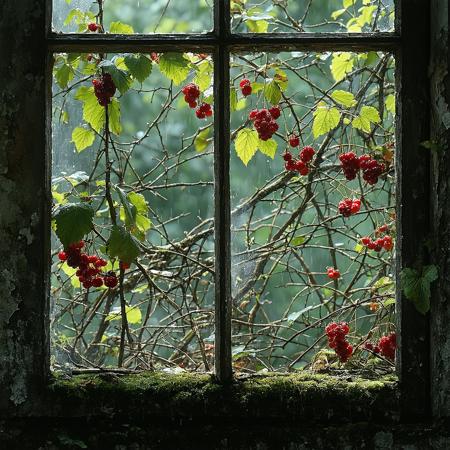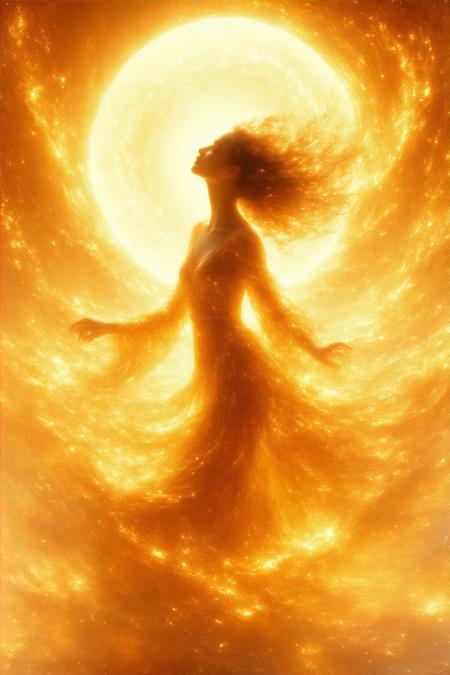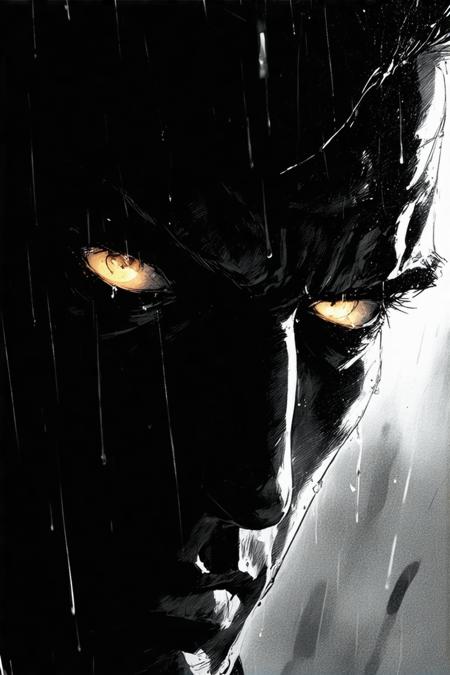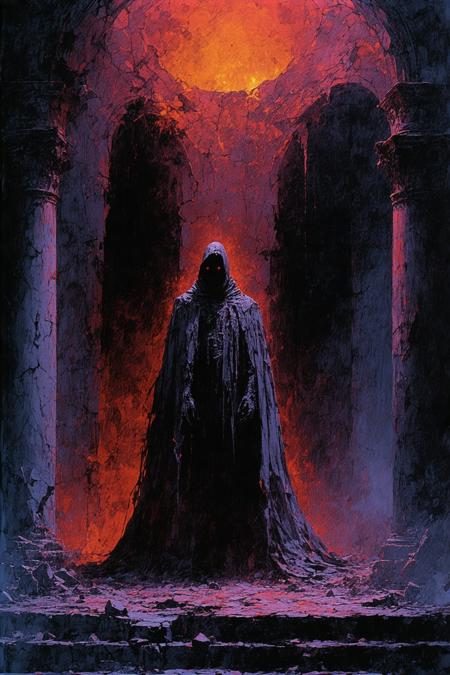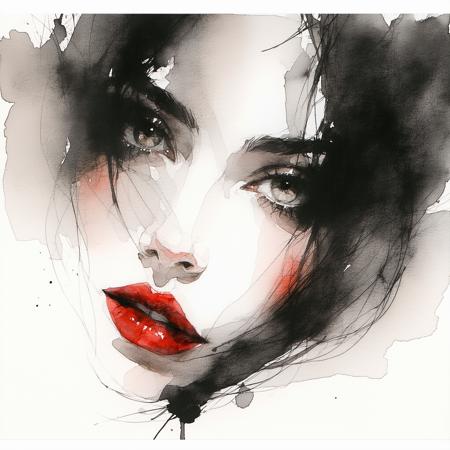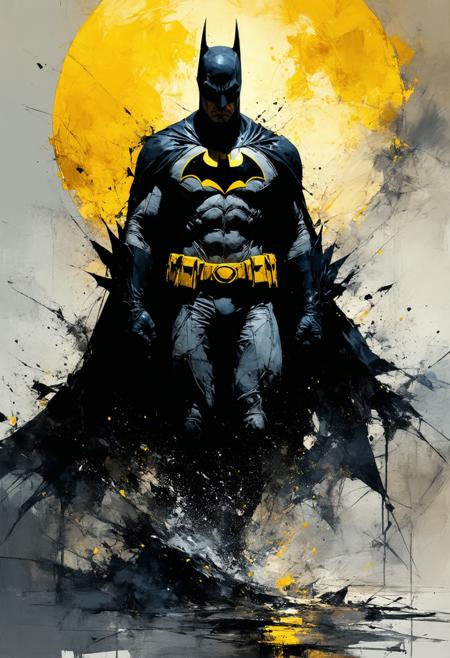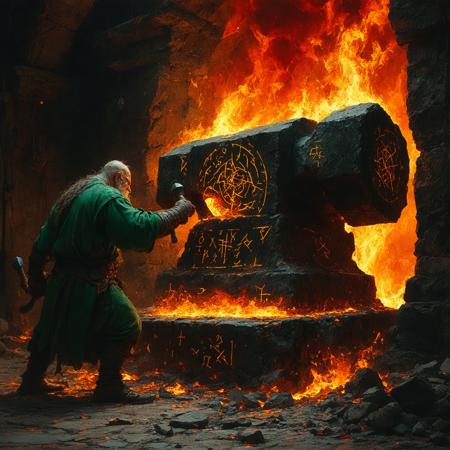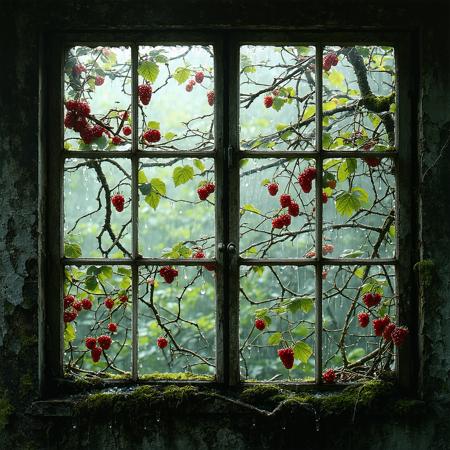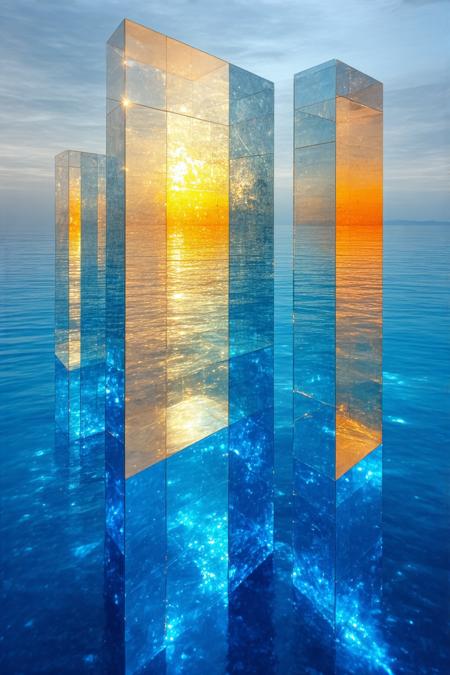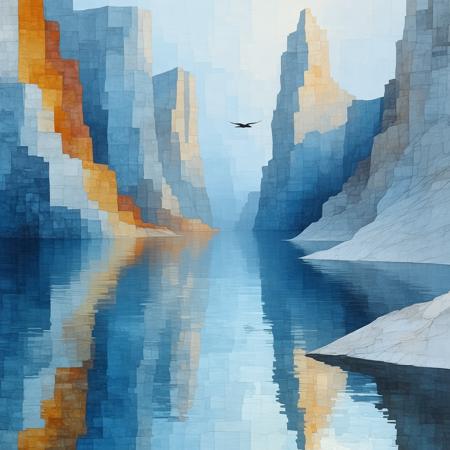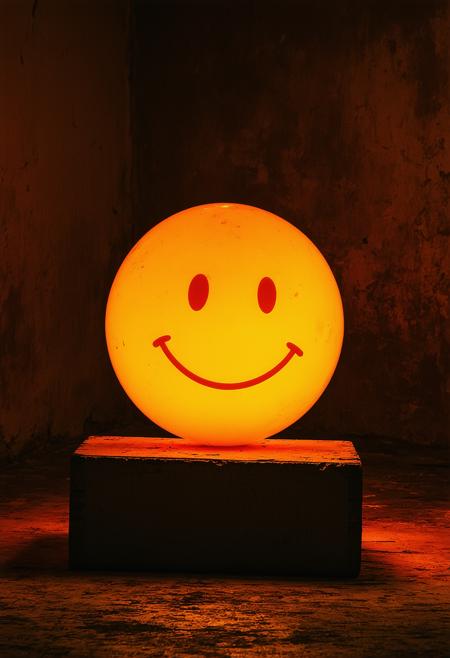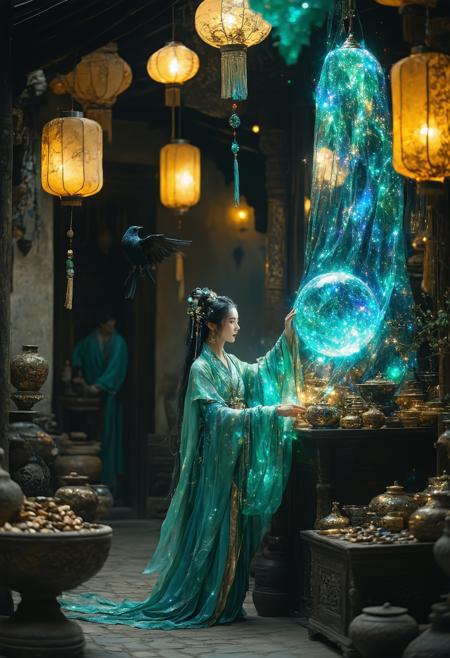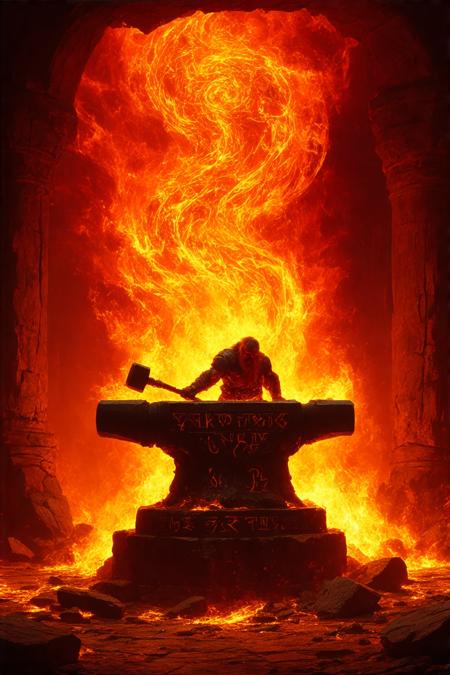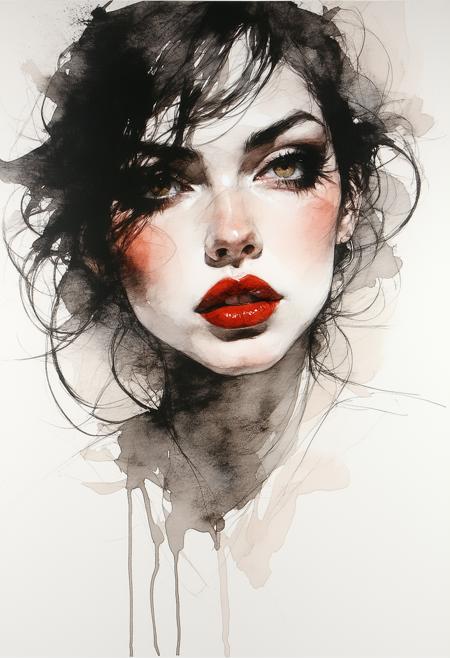A solitary figure meticulously sews a fraying fabric tear against a vast, empty backdrop, hands and needle in sharp close- up with threads trailing into geometric shadows. Inspired by Henri Matisse’s fluid line art and Egon Schiele’s emotive minimalism, the piece contrasts stark black ink and bone- white paper with a single crimson thread. Stark sidelighting carves dramatic tension between fragility and resilience, textures of coarse linen and smooth steel needles heightening tactile tension. Unraveling threads dissolve into smoke at the edges, symbolizing impermanence within precise, deliberate strokes
0
5
Safe
Private
